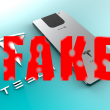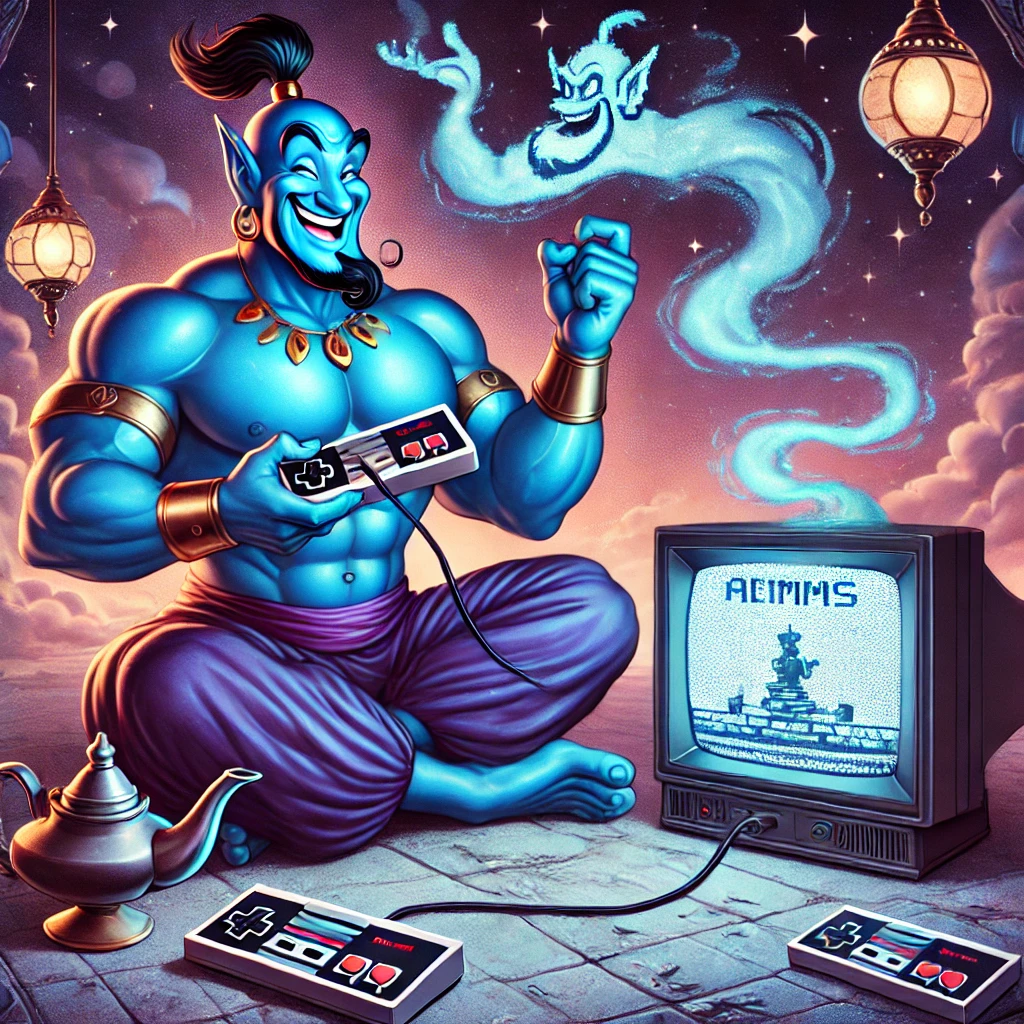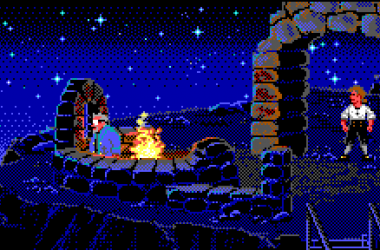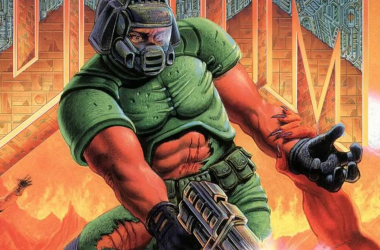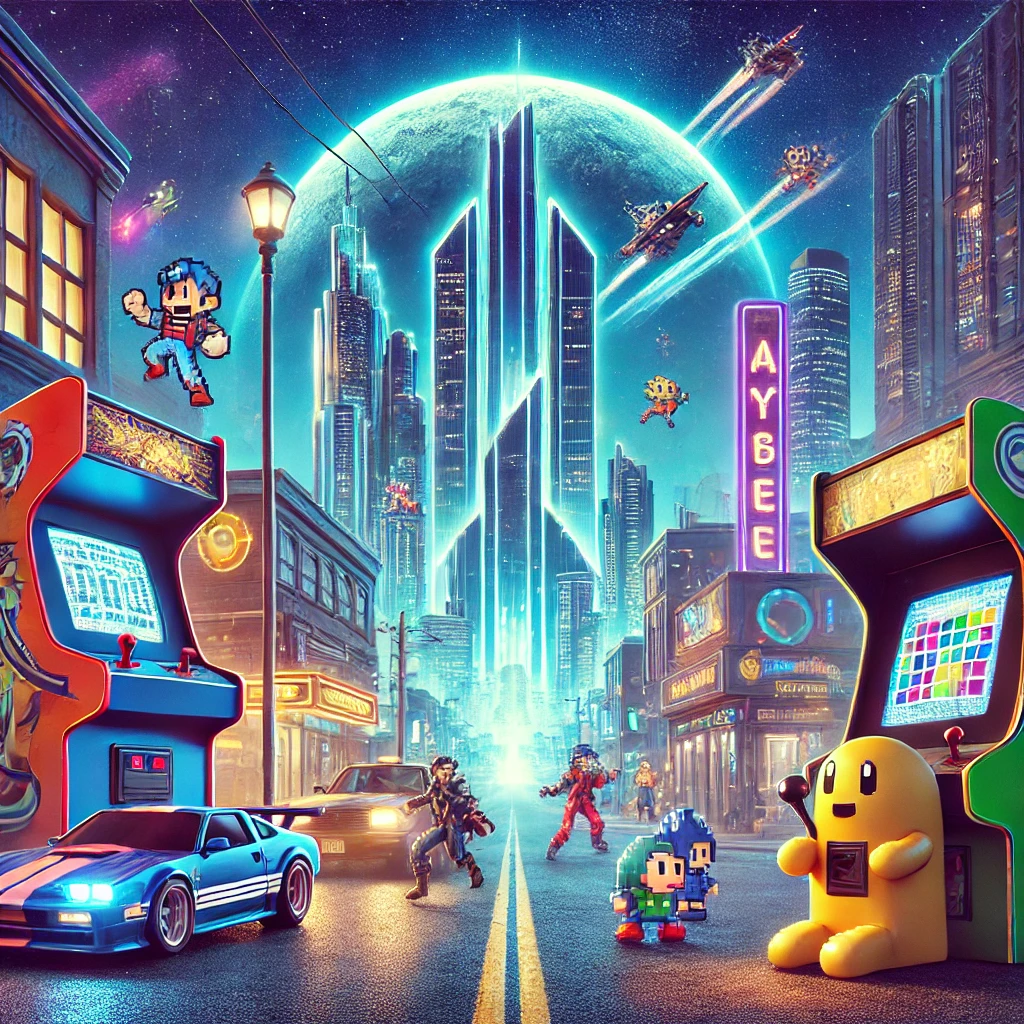Table of Contents Show
Introduction
In the world of video games, few devices have left as indelible a mark as the Game Genie. Introduced in the early 1990s, this controversial piece of hardware allowed players to alter the code of their favorite games, granting them powers that ranged from the mundane – such as infinite lives or extra time – to the extraordinary, such as flying through levels or bypassing entire segments of a game. For some, the Game Genie was a godsend, a tool that breathed new life into old games and allowed them to experience gaming in a way that was never intended by the original developers. For others, it was a blasphemous device that corrupted the sanctity of video game design and fairness. This article takes a deep dive into the history, impact, and legacy of the Game Genie, examining why this device remains one of the most polarizing accessories in gaming history.
The Birth of Game Genie
The Game Genie was born out of a simple yet powerful concept: the ability to modify the behavior of a video game. Developed by Codemasters and distributed by Galoob in North America, the Game Genie was first released in 1990 for the Nintendo Entertainment System (NES). The device itself was a cartridge that players would insert into their console, followed by the game cartridge they wanted to play. Once the game started, players could enter codes that would modify the game’s programming, allowing them to enable cheats and perform actions that were otherwise impossible.

The development of the Game Genie was a technically impressive feat. The device worked by intercepting and modifying the data being sent from the game cartridge to the console. By doing so, it could alter specific bytes of code, effectively “hacking” the game in real-time. This allowed for a wide range of modifications, from simple cheats like infinite lives to more complex alterations like changing the physics of a game.
However, the Game Genie was not without its challenges. Early in its development, Codemasters faced difficulties in getting the device to work consistently across the vast library of NES games. The company also had to contend with the fact that modifying game code could potentially cause instability, leading to crashes or unintended consequences. Despite these hurdles, Codemasters persevered, and the Game Genie was eventually released to the public.
The Rise to Popularity
When the Game Genie hit store shelves, it quickly became a hot commodity. For many gamers, especially those who struggled with the notoriously difficult games of the NES era, the Game Genie was a revelation. Suddenly, players could overcome the frustration of games like Ghosts ‘n Goblins, Mega Man, and Ninja Gaiden by giving themselves infinite health, skipping levels, or even making their characters invincible. The device turned gaming from a test of skill and endurance into a playground of experimentation and fun.
One of the reasons for the Game Genie’s popularity was its accessibility. The device came with a booklet of codes for hundreds of games, making it easy for players to start using it right out of the box. Additionally, the Game Genie encouraged a sense of community among players, who would share codes and discover new ways to manipulate their favorite games. Magazines and early online forums became hubs for Game Genie codes, where gamers would post their latest discoveries and hacks.
The Game Genie also appealed to a sense of curiosity and creativity. By altering game code, players could explore hidden content, access unused levels, or change the behavior of enemies and objects in ways that were never intended by the developers. This sense of exploration and experimentation made the Game Genie a valuable tool for those who wanted to see every nook and cranny of their favorite games.
The Controversy
While the Game Genie was beloved by many gamers, it was not without its detractors. The most significant opposition came from game developers and publishers, who saw the device as a threat to the integrity of their work. Nintendo, in particular, was vehemently opposed to the Game Genie and went to great lengths to prevent its distribution.
Nintendo’s argument against the Game Genie was multifaceted. First and foremost, the company claimed that the device violated copyright law by altering the content of their games without permission. Nintendo argued that the Game Genie created unauthorized derivative works, which infringed on their intellectual property rights. Additionally, Nintendo was concerned that the use of the Game Genie could harm the reputation of their games. If players experienced bugs, crashes, or other issues while using the device, they might wrongly attribute these problems to the game itself rather than the Game Genie.
In 1991, Nintendo took legal action against Galoob, the North American distributor of the Game Genie, in an attempt to block the sale of the device. The case, Lewis Galoob Toys, Inc. v. Nintendo of America, Inc., became a landmark legal battle in the gaming industry. Galoob argued that the Game Genie did not create a permanent copy of the game or modify the original code on the cartridge, but rather temporarily altered the data in RAM, making it a legitimate accessory for personal use.
The court ultimately ruled in favor of Galoob, stating that the Game Genie did not violate copyright law. The judge concluded that the device did not produce a “new” version of the game but instead allowed players to experience the existing game in a different way. This ruling was a significant victory for Galoob and for gamers who enjoyed using the Game Genie. However, it did little to alleviate the tension between game developers and the creators of cheat devices.
The Legacy of Game Genie
Despite the controversy, the Game Genie became a significant part of gaming culture in the 1990s. After its initial release for the NES, versions of the Game Genie were developed for other popular consoles of the era, including the Sega Genesis, Super Nintendo, and Game Boy. Each iteration of the Game Genie offered similar functionality, allowing players to input codes and modify their games.

The impact of the Game Genie on gaming culture was profound. It introduced the concept of “cheat codes” to a mainstream audience, popularizing the idea of modifying games to enhance the player experience. While cheat codes had existed in some form prior to the Game Genie, the device made them accessible to a much larger audience. This, in turn, influenced the design of future games, many of which began to include built-in cheat codes or debug modes that players could activate without the need for an external device.
The Game Genie also played a role in the emerging “modding” community. While the device itself was limited in the extent of its modifications, it sparked an interest in the idea of altering games and experimenting with code. This curiosity eventually led to the development of more sophisticated tools and communities dedicated to modding games, which has become a significant part of gaming culture today.
Moreover, the Game Genie influenced the way players approached games. By removing the barriers of difficulty, the device allowed players to explore games at their own pace, uncover secrets, and enjoy the experience without the frustration of repeated failure. This shift in mindset paved the way for the acceptance of difficulty settings and accessibility options in modern games, which allow players to tailor their gaming experience to their own preferences and skill levels.
The Dark Side of Game Genie
While the Game Genie had many positive effects on gaming culture, it also had a darker side. The ability to cheat and manipulate games led to ethical debates about fairness, particularly in multiplayer settings. While the Game Genie was primarily designed for single-player games, there were instances where players used the device in competitive environments, leading to accusations of cheating and unfair play.
The use of the Game Genie in multiplayer games raised questions about the integrity of competition and the spirit of fair play. In some cases, players who used the Game Genie to gain an unfair advantage were ostracized by their peers or faced consequences within their gaming communities. This tension between the desire to explore and the need to maintain fairness in competition is a debate that continues to this day, particularly in the context of online gaming and esports.
Additionally, the Game Genie contributed to a broader conversation about the role of challenge in video games. Some critics argued that the device undermined the very essence of gaming by removing the challenge that was central to the experience. For these critics, overcoming difficult obstacles and mastering complex mechanics were integral to the enjoyment of games, and the Game Genie cheapened this experience by offering shortcuts and easy solutions.
On the other hand, proponents of the Game Genie argued that gaming should be about enjoyment and exploration, and that players should have the freedom to experience games in whatever way they found most enjoyable. For these players, the Game Genie was a tool that enhanced their enjoyment of games, allowing them to see and do things that would have been impossible otherwise.
The Decline and End of Game Genie
As the 1990s progressed, the Game Genie began to fade from the spotlight. Several factors contributed to the device’s decline, including the evolution of game design, changes in the gaming market, and the rise of new technologies.
One of the key factors in the decline of the Game Genie was the increasing complexity of video games. As game developers began to create more sophisticated and intricate experiences, the simple code-altering capabilities of the Game Genie became less effective. Additionally, the rise of 3D gaming and the introduction of new consoles like the Sony PlayStation and Nintendo 64 brought with them new challenges for cheat devices. The architecture of these new systems made it more difficult to implement cheats using the same methods that had worked on earlier consoles.
Another factor was the changing attitudes of both gamers and developers towards cheats. As games became more complex and narrative-driven, the use of cheats began to be seen as less desirable. Developers started to include built-in cheats and debug modes that allowed players to experiment with the game without the need for an external device. At the same time, the rise of online gaming brought new concerns about cheating, leading to stricter enforcement of fair play and the banning of players who used cheats in competitive environments.
The final nail in the coffin for the Game Genie came with the advent of digital distribution and downloadable content (DLC). As games moved away from physical cartridges and towards digital formats, the methods used by the Game Genie to modify game code became obsolete. Additionally, the introduction of DLC and microtransactions gave developers a new way to monetize cheats and game enhancements, making the need for third-party cheat devices less relevant.
By the early 2000s, the Game Genie had all but disappeared from the gaming landscape. While a few attempts were made to revive the brand with new versions for modern consoles, these efforts were largely unsuccessful. The Game Genie had become a relic of a bygone era, a symbol of a time when gaming was simpler and players were free to bend the rules in pursuit of fun.
The Lasting Impact of Game Genie
Despite its decline, the legacy of the Game Genie lives on in many ways. The device was a pioneer in the world of video game cheats and mods, paving the way for future innovations in gaming. The concept of altering game code to enhance or change the experience has continued to evolve, with modern tools and platforms like Action Replay, GameShark, and ROM hacking communities carrying on the spirit of the Game Genie.
Moreover, the Game Genie remains a beloved piece of gaming history for many who grew up in the 1990s. The device is often remembered with fondness by those who used it to explore their favorite games in new and exciting ways. For these gamers, the Game Genie represents a time when gaming was about experimentation, discovery, and breaking the rules in the name of fun.
The Game Genie also serves as a reminder of the ongoing tension between creativity and control in the world of video games. The debates that surrounded the device – about the rights of developers, the desires of players, and the nature of fair play – are still relevant today, as the gaming industry continues to grapple with issues of cheating, modding, and user-generated content.
In recent years, the Game Genie has even experienced a resurgence of interest among retro gaming enthusiasts and collectors. The device has become a sought-after item for those looking to relive the gaming experiences of their youth, and it continues to be a topic of discussion in gaming forums and online communities.
Conclusion
The Game Genie was more than just a cheat device; it was a cultural phenomenon that left a lasting impact on the world of video games. From its innovative technology to its role in shaping gaming culture, the Game Genie remains one of the most significant and controversial accessories in gaming history. While it may no longer be a part of the modern gaming landscape, its legacy lives on in the spirit of experimentation, creativity, and fun that it inspired in a generation of gamers.
As we look back on the history of the Game Genie, it’s clear that this little device had a big impact. It challenged the status quo, pushed the boundaries of what was possible in gaming, and gave players the power to experience their favorite games in entirely new ways. For better or worse, the Game Genie changed the way we play, and its influence can still be felt in the games we enjoy today.



